Home>Gardening & Outdoor>Landscaping Ideas>How To Get Rid Of Foxtail Grass
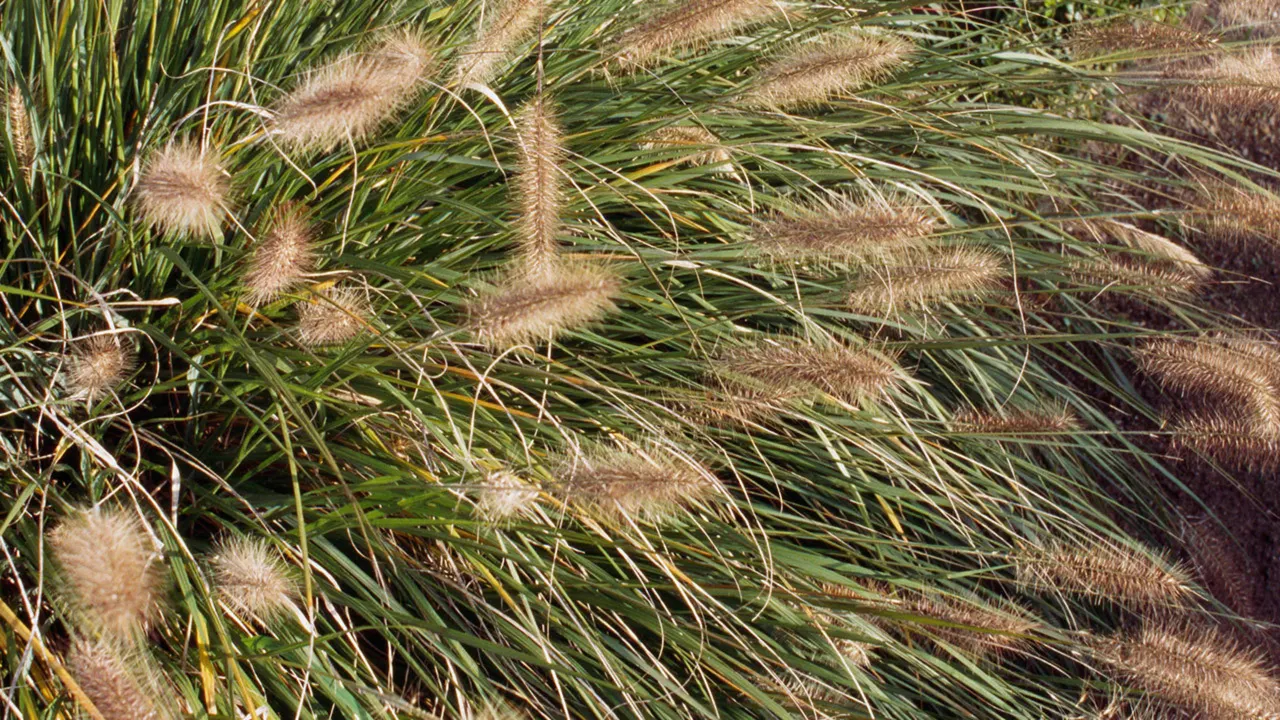

Landscaping Ideas
How To Get Rid Of Foxtail Grass
Modified: April 1, 2024
Learn effective landscaping ideas to get rid of foxtail grass and improve the appearance of your yard. Our expert tips will help you achieve a lush and weed-free lawn.
(Many of the links in this article redirect to a specific reviewed product. Your purchase of these products through affiliate links helps to generate commission for Storables.com, at no extra cost. Learn more)
Introduction
Welcome to the world of landscaping, where the beauty of nature meets the creativity of design. Landscaping is an art form that allows individuals to transform their outdoor spaces into stunning havens of tranquility and beauty. However, amidst the lush greenery and vibrant blooms, there can be unwelcome guests that disrupt the harmony of your landscape. One such intruder is foxtail grass.
Foxtail grass, also known as “wild barley,” is a common sight in many landscapes. While it may appear innocuous at first glance, this grass can pose serious risks to both humans and pets. Its barbed seed heads can become embedded in skin, fur, or clothing, leading to discomfort and potential health issues. As such, it is crucial to understand the nature of foxtail grass, the dangers it presents, and how to effectively prevent and remove it from your outdoor spaces.
In this comprehensive guide, we will delve into the world of foxtail grass, exploring its characteristics, the potential hazards it poses, and the best strategies for preventing and eliminating it. By arming yourself with this knowledge, you can reclaim your landscape from the clutches of foxtail grass and create a safe and inviting outdoor environment for all to enjoy.
Key Takeaways:
- Foxtail grass can be harmful to people and pets, causing irritation and potential health issues. Preventive measures like regular inspection and proper irrigation can help keep it at bay.
- Removing foxtail grass requires methods like hand pulling and herbicide use. Combining removal efforts with ongoing maintenance can help create a safe and inviting outdoor environment.
Read more: What Is Foxtail Grass
Understanding Foxtail Grass
Foxtail grass, scientifically classified as Setaria, is a common annual grass that can be found in various regions, including lawns, gardens, and open fields. Its name is derived from the distinctive appearance of its seed heads, which resemble the bushy tail of a fox. These seed heads, or “awns,” are densely packed with sharp, barbed bristles that aid in the grass’s propagation.
One of the defining features of foxtail grass is its rapid growth and prolific seeding. The grass can quickly spread and establish itself in diverse environments, making it a persistent presence in landscapes. Additionally, foxtail grass exhibits resilience in adverse conditions, thriving in both dry, arid climates and more temperate regions.
From a visual standpoint, foxtail grass typically presents as a dense cluster of slender, cylindrical blades that can reach varying heights, often standing erect and densely packed together. Its appearance can range from vibrant green to golden hues, depending on factors such as soil quality and moisture levels.
Understanding the growth patterns and physical characteristics of foxtail grass is essential for effective management and control. By recognizing its appearance and behavior, individuals can identify and address foxtail grass infestations before they become widespread and problematic. Moreover, gaining insight into the life cycle and reproductive mechanisms of foxtail grass is crucial for implementing targeted prevention and removal strategies.
The Dangers of Foxtail Grass
Despite its seemingly innocuous appearance, foxtail grass poses significant dangers to both humans and animals. The barbed seed heads of foxtail grass can become lodged in skin, ears, eyes, and nasal passages, leading to a range of health issues. When the sharp bristles penetrate the skin or mucous membranes, they can cause irritation, infection, and discomfort. In pets, the presence of foxtails can lead to serious medical complications, including abscesses and respiratory distress.
One of the most concerning aspects of foxtail grass is its potential to cause internal damage when ingested by animals. If animals consume the grass, the sharp bristles can puncture the digestive tract, leading to severe complications and even surgical intervention. Additionally, foxtail grass can pose a fire hazard in dry climates, as the dry, brittle stalks are highly flammable, increasing the risk of wildfires.
For humans, encounters with foxtail grass can result in skin irritation, particularly for individuals with sensitive skin or allergies. The barbed seed heads can cause itching, redness, and inflammation upon contact, necessitating prompt removal to prevent further discomfort.
Furthermore, the presence of foxtail grass can detract from the visual appeal of landscapes, as the dense growth and seed heads can create an unkempt and unsightly appearance. This can diminish the overall aesthetic quality of outdoor spaces and detract from the enjoyment of the environment.
Given the potential hazards associated with foxtail grass, it is essential for individuals to be vigilant in identifying and addressing its presence in their landscapes. By understanding the risks posed by foxtail grass, individuals can take proactive measures to mitigate its impact and create a safer, more inviting outdoor environment for both humans and animals.
To get rid of foxtail grass, mow your lawn regularly to prevent it from going to seed. You can also manually pull out the foxtail plants or use a selective herbicide specifically designed to target grassy weeds.
Preventing Foxtail Grass
Prevention is often the most effective strategy for managing foxtail grass infestations in outdoor spaces. By implementing proactive measures, individuals can minimize the likelihood of foxtail grass taking root and spreading in their landscapes. Here are several key strategies for preventing the proliferation of foxtail grass:
- Maintain Vigilant Landscaping Practices: Regularly inspect your lawn, garden, and outdoor spaces for signs of foxtail grass. Be particularly attentive to areas with sparse vegetation, as foxtail grass thrives in such environments. Promptly remove any foxtail grass plants to prevent seeding and further spread.
- Optimize Soil Health: Healthy, well-nourished soil can discourage the growth of foxtail grass. Fertilize and aerate your lawn to promote robust grass growth, which can outcompete foxtail grass. Additionally, consider overseeding with desirable grass species to fill in bare patches and minimize opportunities for foxtail grass to take hold.
- Implement Proper Irrigation: Consistent and appropriate watering practices can contribute to a healthy lawn that is less susceptible to foxtail grass encroachment. Avoid overwatering, as excessively moist soil can create favorable conditions for the growth of foxtail grass and other invasive species.
- Utilize Mulch and Ground Cover: Applying a layer of mulch or ground cover in garden beds and landscaped areas can help suppress the growth of foxtail grass. Mulch serves as a barrier, inhibiting the establishment of foxtail grass seeds and seedlings while enhancing the visual appeal of the landscape.
- Regular Maintenance and Weeding: Routinely weed your outdoor spaces to remove any emerging foxtail grass plants. By staying proactive in your maintenance efforts, you can prevent foxtail grass from gaining a foothold and spreading throughout your landscape.
By integrating these preventive measures into your landscaping routine, you can fortify your outdoor spaces against the encroachment of foxtail grass. Through diligence and proactive maintenance, you can create an environment that is less hospitable to foxtail grass, promoting the flourishing of desired plant species and enhancing the overall beauty of your landscape.
Removing Foxtail Grass
When foxtail grass has taken root in your landscape, prompt and effective removal is essential to prevent its proliferation and mitigate potential hazards. Here are several methods for removing foxtail grass from outdoor spaces:
- Hand Pulling: For small infestations, hand pulling can be an effective method of removing foxtail grass. Grasp the base of the grass near the soil and gently pull upward, ensuring that the entire plant, including the root system, is removed. Dispose of the extracted foxtail grass to prevent reseeding.
- Use of Herbicides: Selective herbicides can be utilized to target and eradicate foxtail grass without harming desirable plant species. When using herbicides, carefully follow the manufacturer’s instructions and consider seeking professional guidance to ensure safe and effective application.
- Manual Cultivation: Cultivating the soil in affected areas can disrupt the growth of foxtail grass and facilitate its removal. Use a hand cultivator or gardening tool to loosen the soil and uproot foxtail grass, taking care to minimize soil disturbance and protect surrounding vegetation.
- Implement Physical Barriers: In areas where foxtail grass poses a persistent threat, consider installing physical barriers such as landscape fabric or edging to prevent its encroachment. This can help contain the spread of foxtail grass and minimize its impact on the landscape.
- Professional Assistance: In cases of extensive foxtail grass infestations or challenging removal scenarios, enlisting the expertise of landscaping professionals can provide effective solutions. Professional landscapers can assess the extent of the infestation and implement targeted removal strategies to restore the health and beauty of outdoor spaces.
Upon removing foxtail grass from your landscape, it is important to monitor the area for any regrowth and promptly address any new instances of foxtail grass. By combining diligent removal efforts with ongoing maintenance and preventive measures, you can safeguard your landscape against the reemergence of foxtail grass, ensuring a thriving and inviting outdoor environment for years to come.
Read more: How To Get Rid Of Crabgrass
Conclusion
As you navigate the world of landscaping and outdoor maintenance, understanding the nuances of foxtail grass is crucial for preserving the health and beauty of your outdoor spaces. By recognizing the rapid growth, prolific seeding, and potential hazards posed by foxtail grass, you can take proactive steps to prevent its establishment and effectively remove existing infestations.
Through vigilant landscaping practices, including regular inspection, soil optimization, and proper irrigation, you can create an environment that is less hospitable to foxtail grass, fostering the flourishing of desirable plant species and enhancing the overall aesthetic appeal of your landscape.
When faced with the presence of foxtail grass, swift and targeted removal methods, such as hand pulling, herbicide application, and manual cultivation, can help restore the integrity of your outdoor spaces. By combining removal efforts with ongoing maintenance and preventive measures, you can mitigate the risks associated with foxtail grass and cultivate a safe and inviting environment for both humans and animals.
Ultimately, the successful management of foxtail grass hinges on a proactive and holistic approach to landscaping, encompassing prevention, removal, and ongoing maintenance. By integrating these strategies into your landscaping routine, you can safeguard your outdoor spaces against the encroachment of foxtail grass and enjoy a landscape that is both visually captivating and harmonious for all who inhabit it.
Embrace the artistry of landscaping, and let the beauty of your outdoor spaces flourish free from the encumbrance of foxtail grass. With knowledge, diligence, and a touch of creativity, you can create a landscape that captivates the senses and provides a sanctuary of natural splendor for years to come.
Frequently Asked Questions about How To Get Rid Of Foxtail Grass
Was this page helpful?
At Storables.com, we guarantee accurate and reliable information. Our content, validated by Expert Board Contributors, is crafted following stringent Editorial Policies. We're committed to providing you with well-researched, expert-backed insights for all your informational needs.

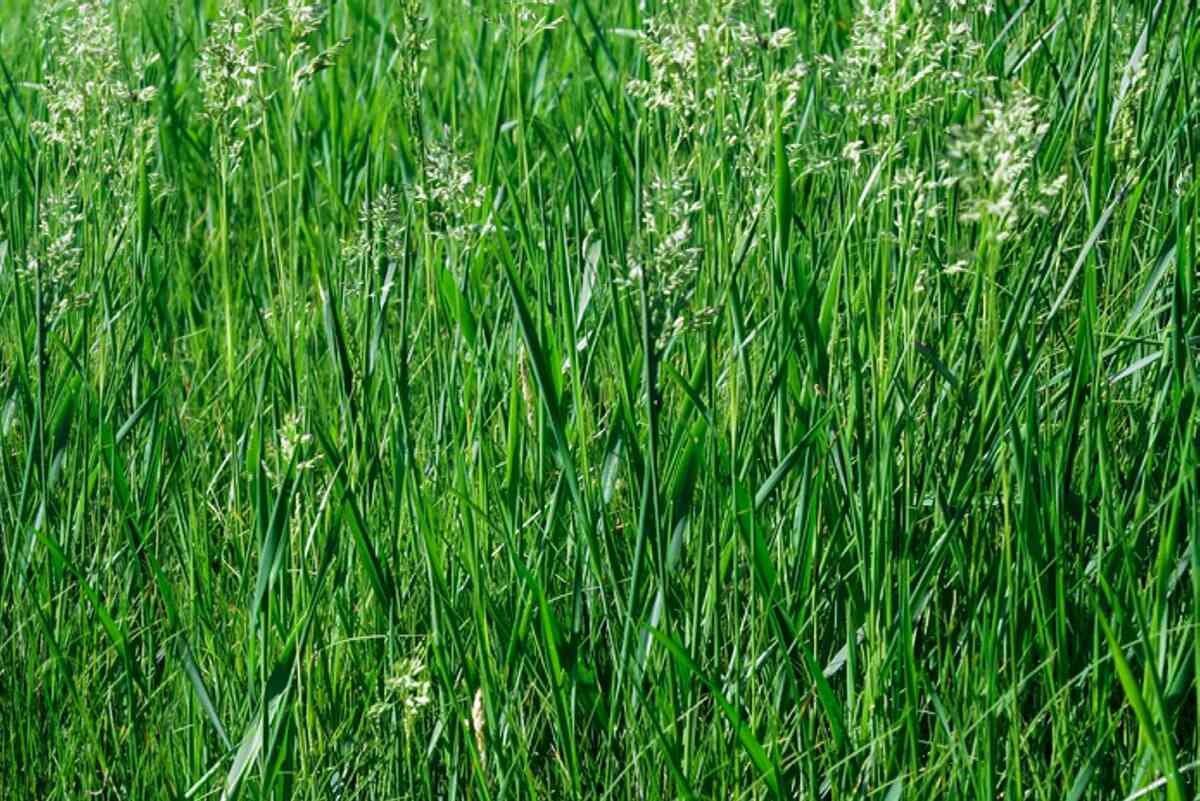
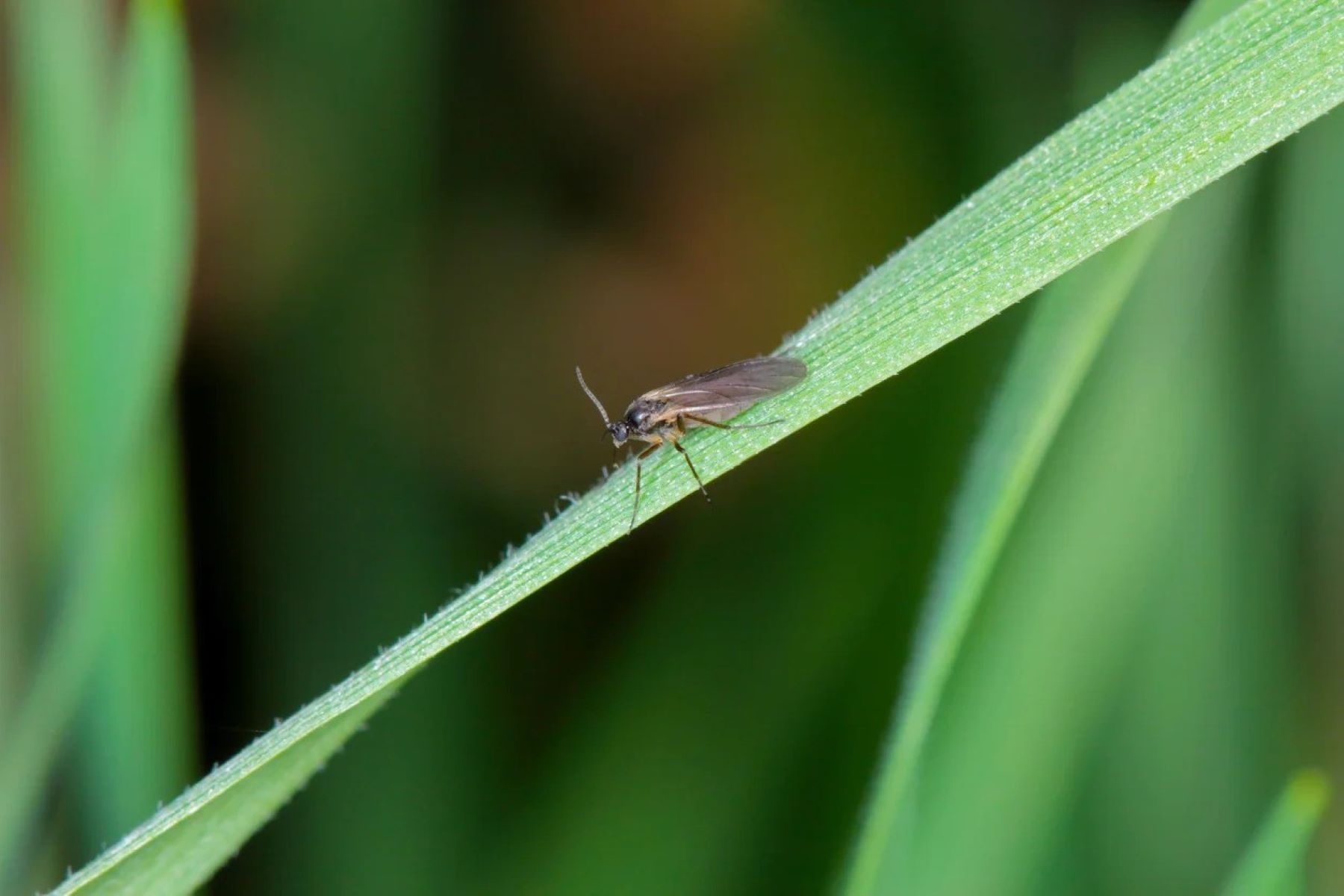
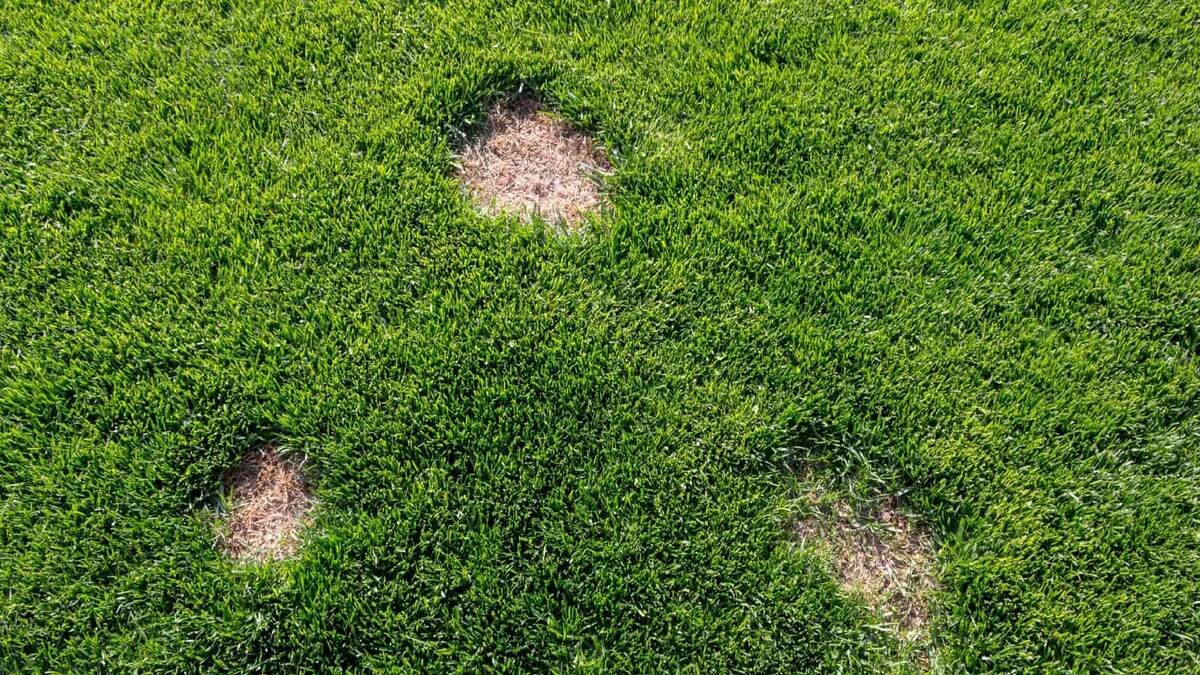
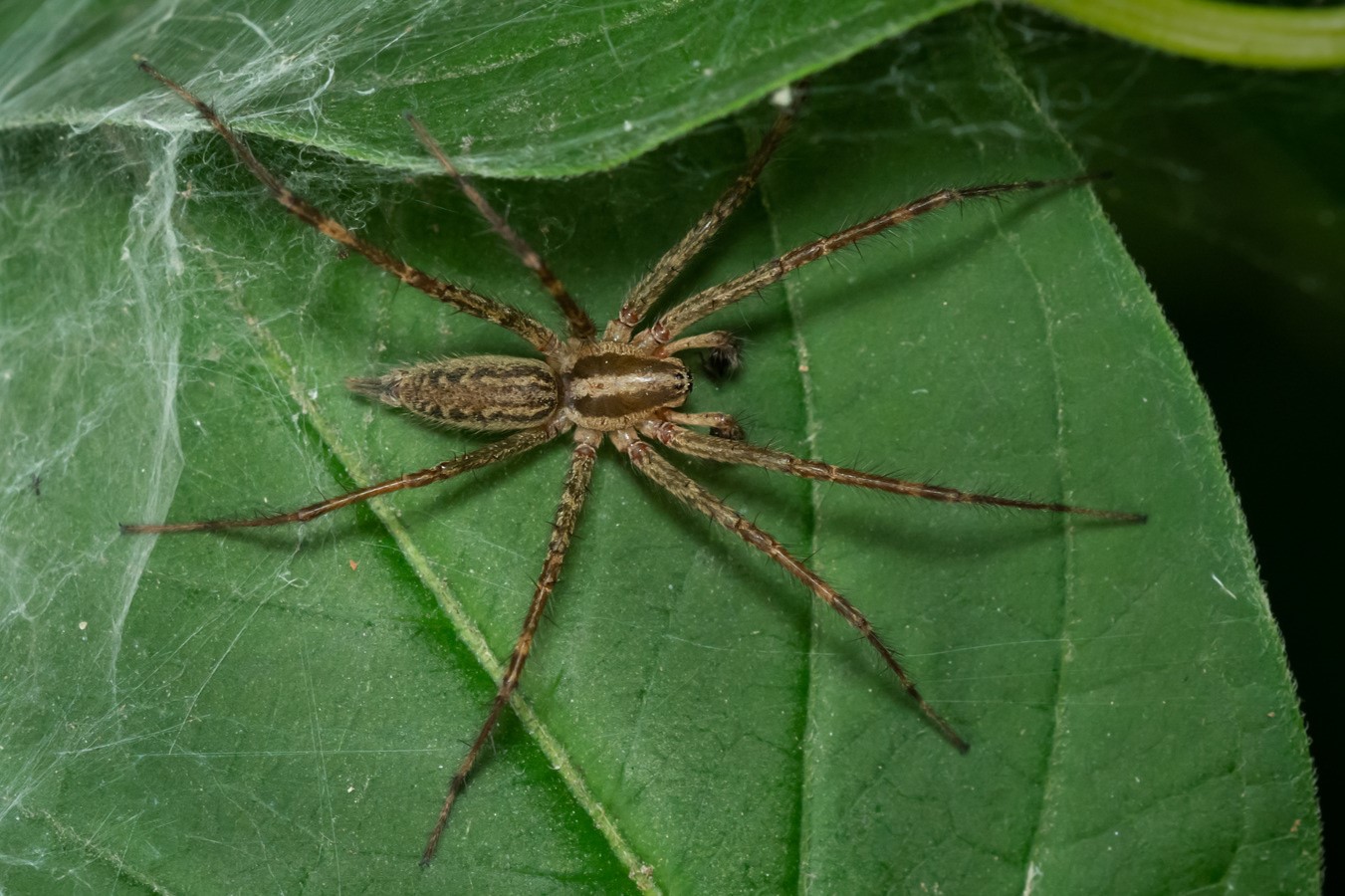

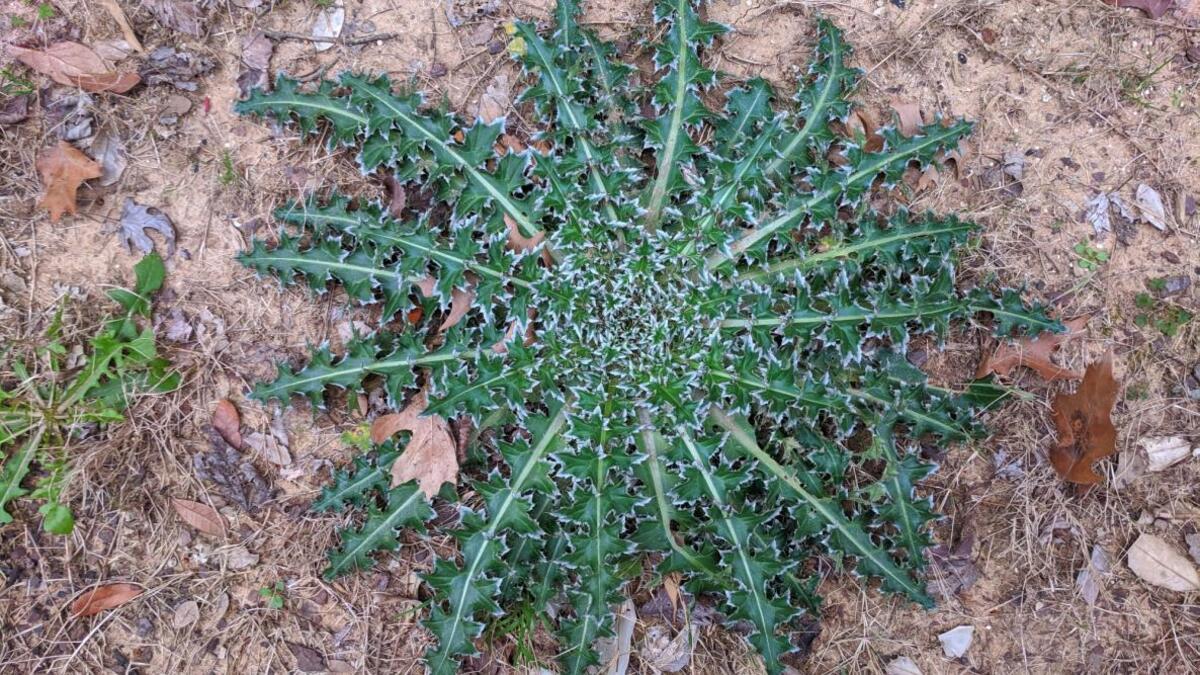
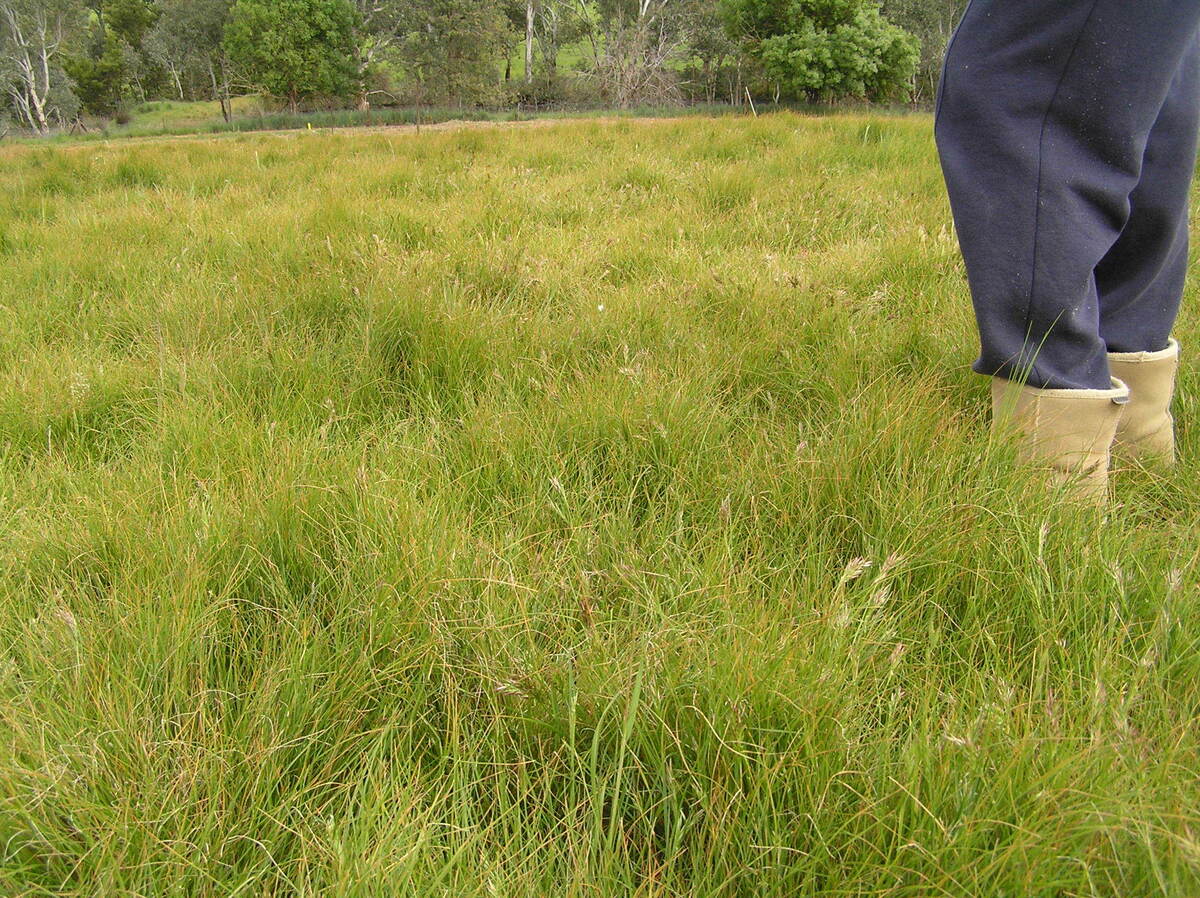
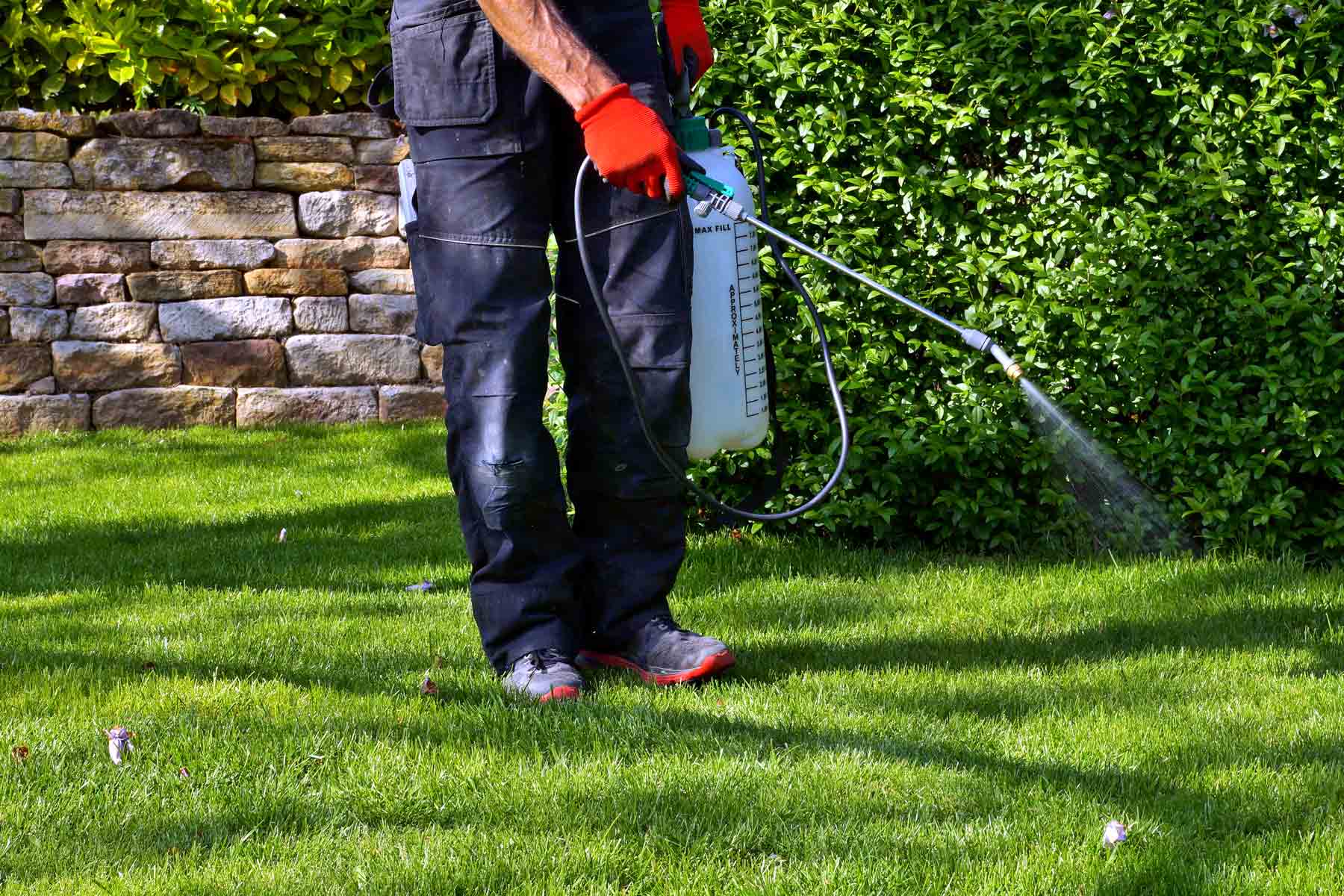
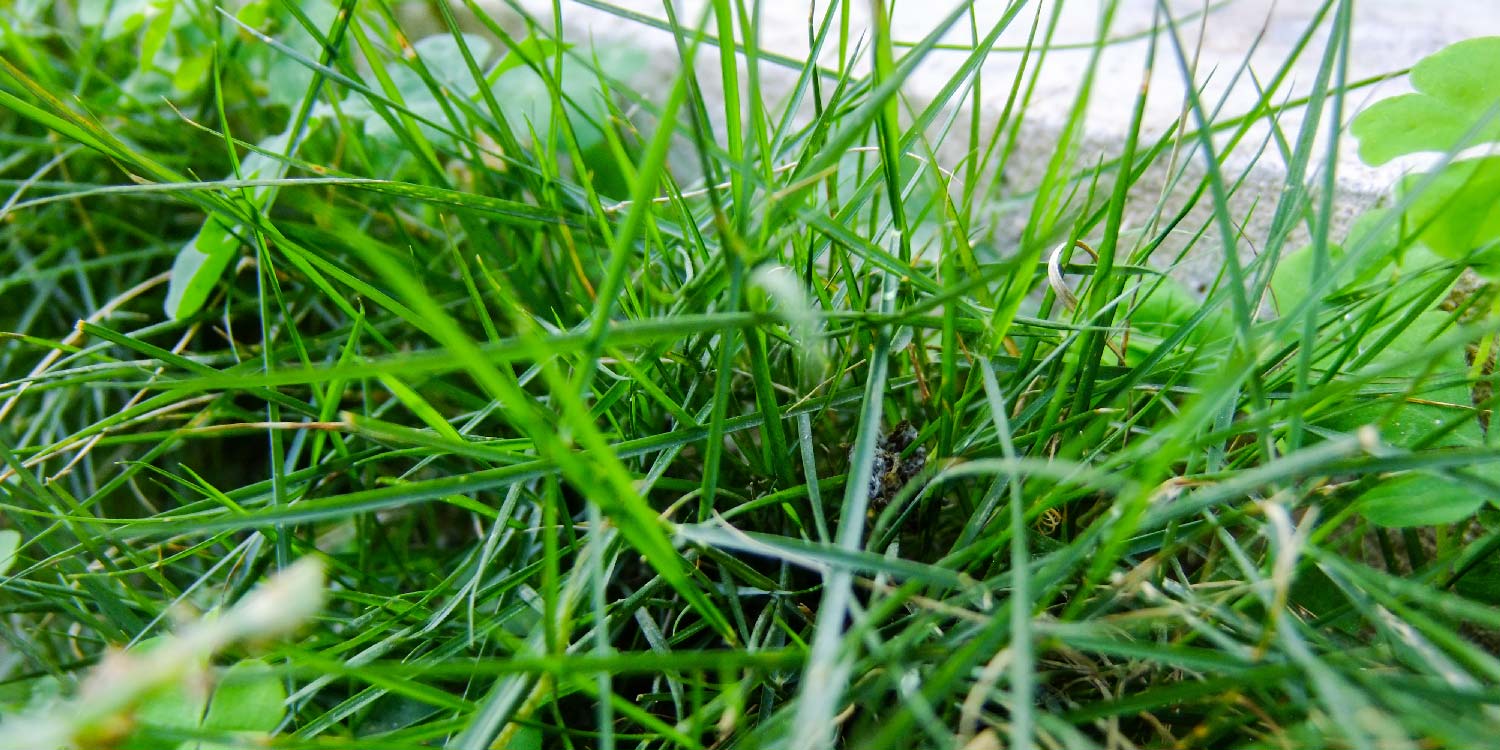

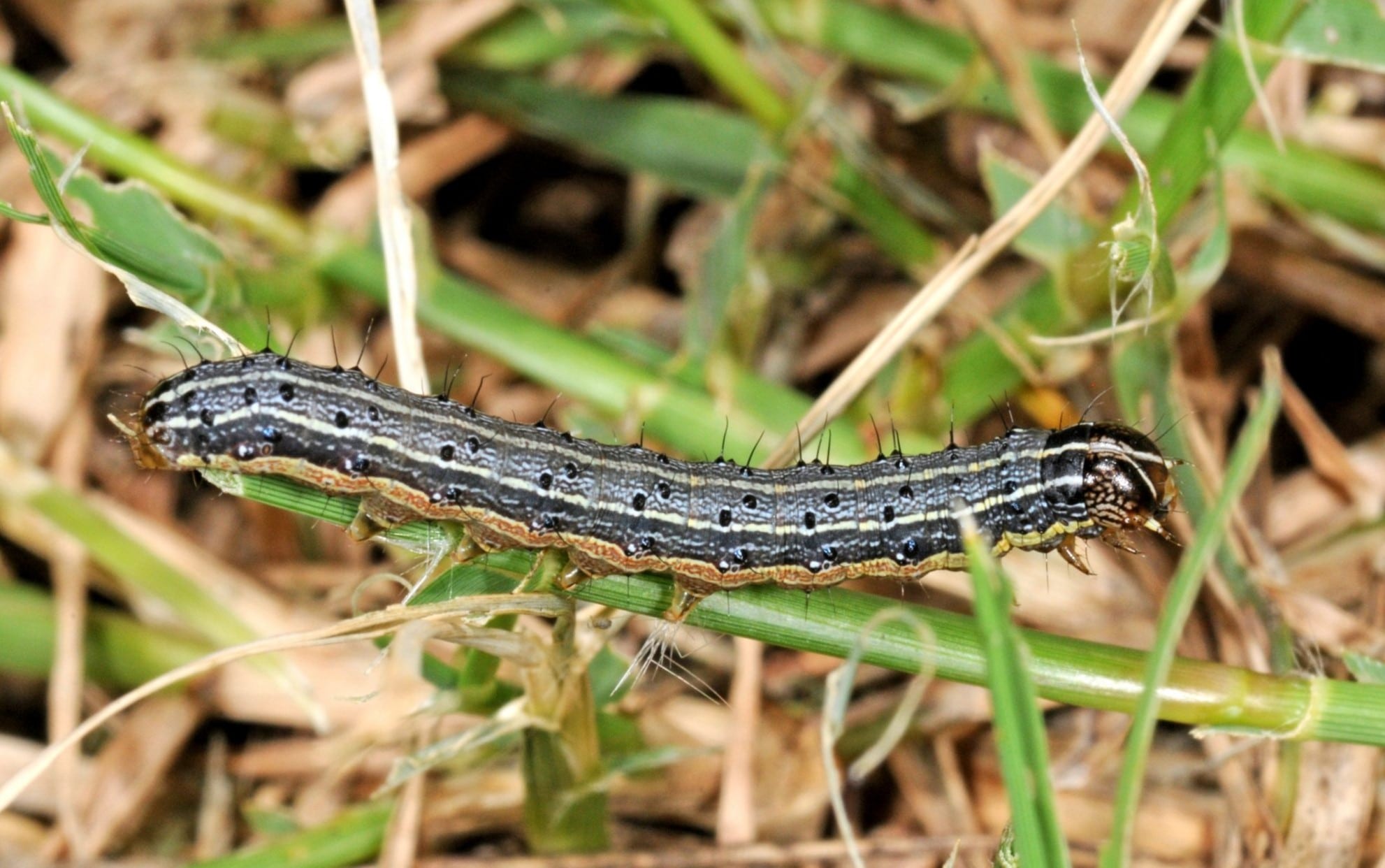
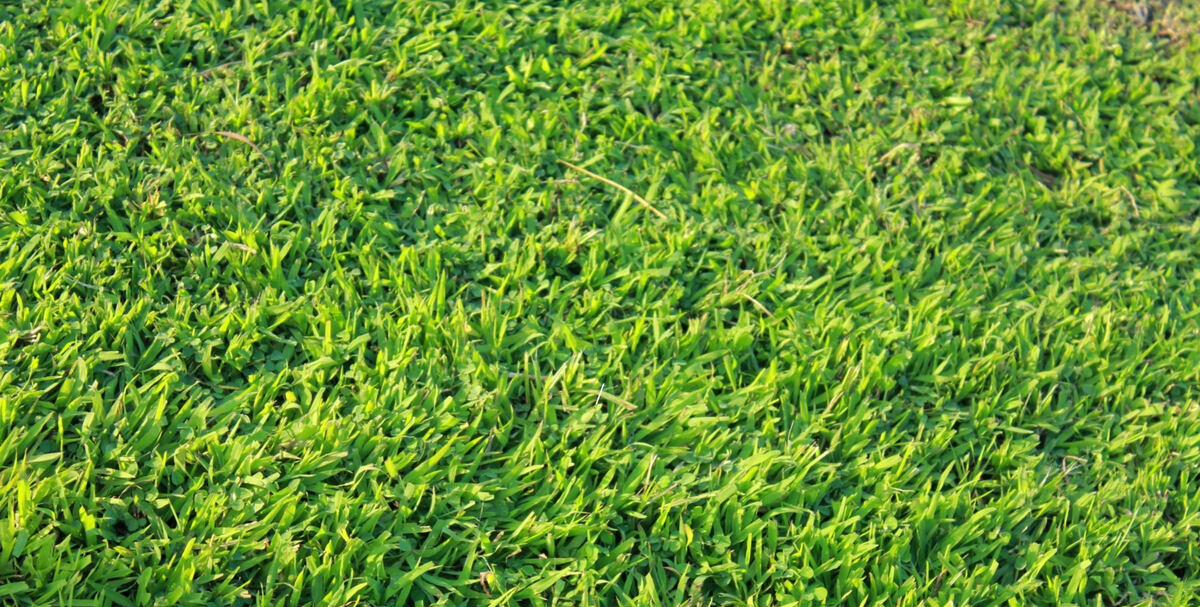
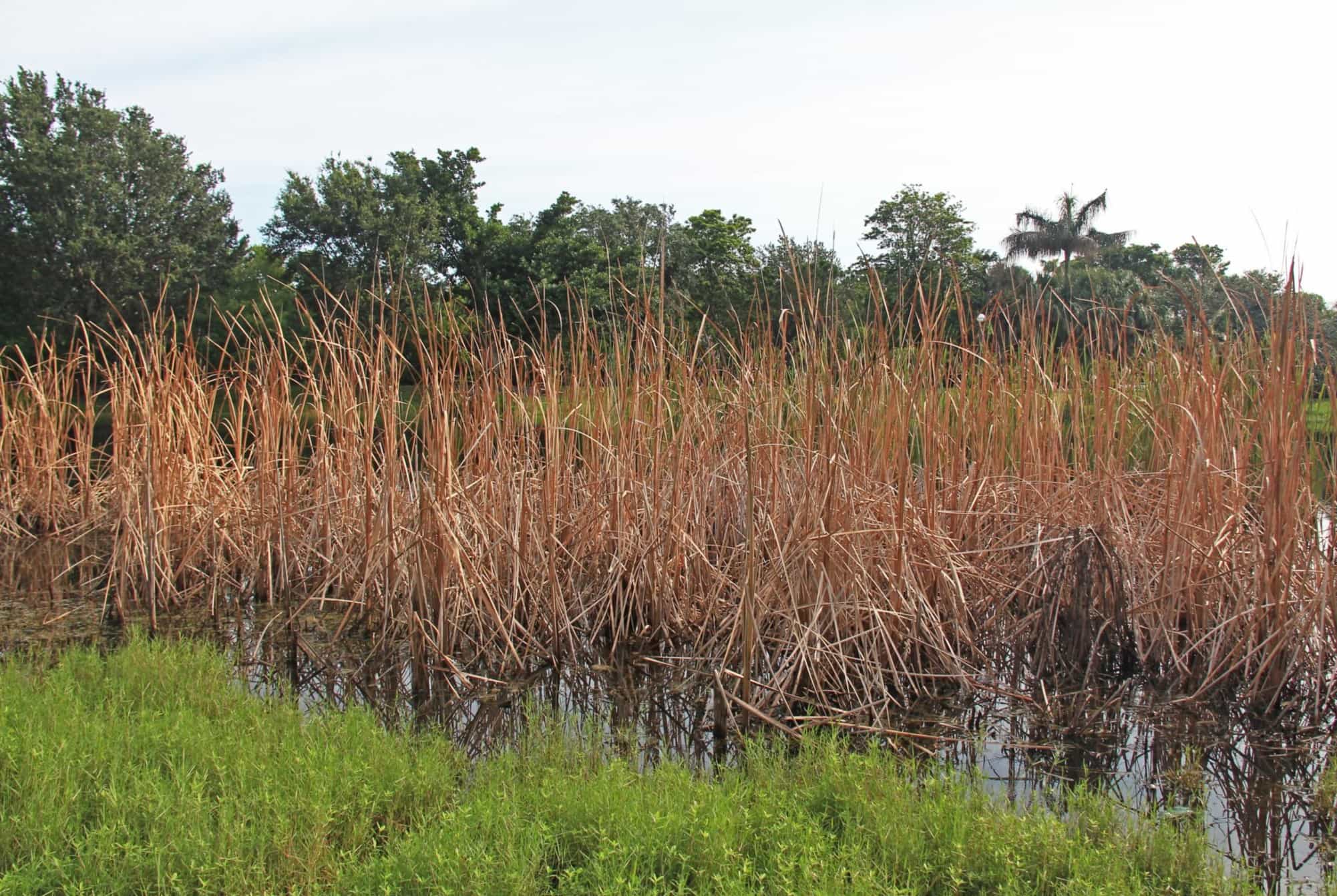

0 thoughts on “How To Get Rid Of Foxtail Grass”